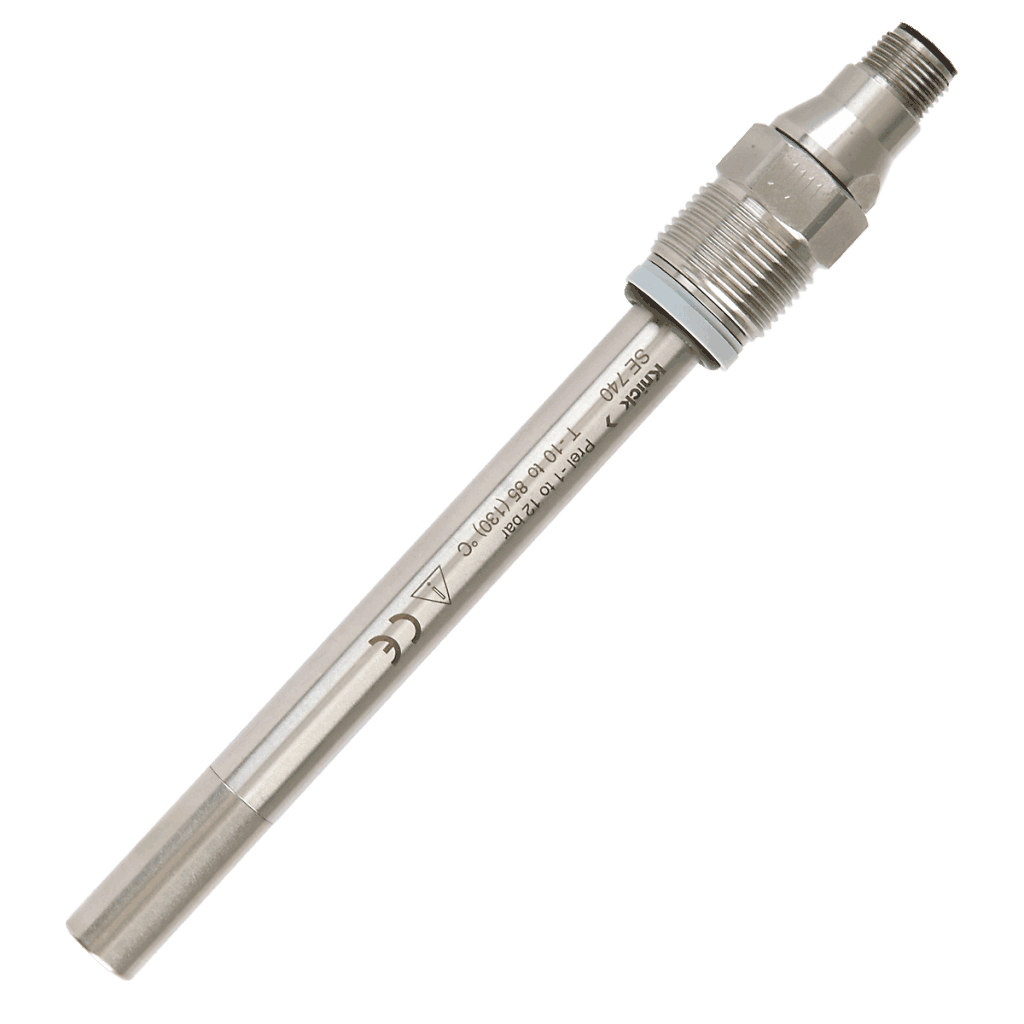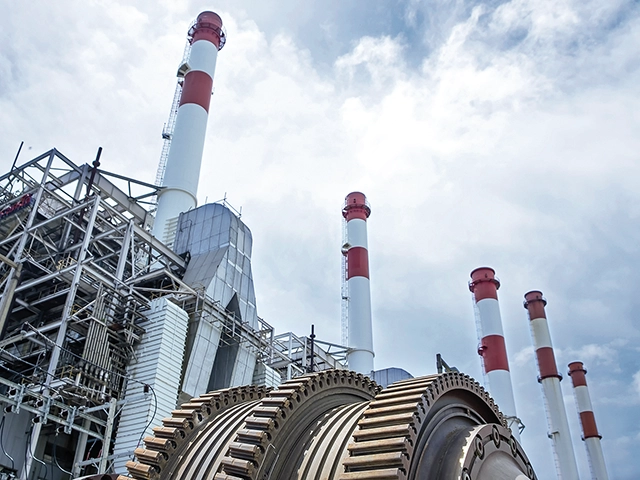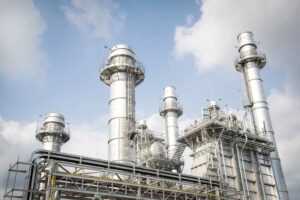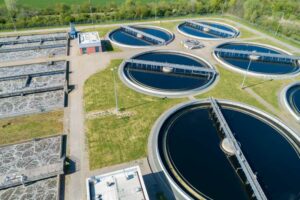SE740 光学氧传感器 | M12(8 针) | 425 mm | 适用于卫生要求较高的区域
产品编号:
SE740/4
Description
SE740 光学氧传感器 | M12(8 针) | 425 mm | 适用于卫生要求较高的区域
基于荧光淬灭技术的光学氧测量
- 测量原理与流量无关
- 无需极化时间
- 传感器帽可更换
- 内置磨损监测
- 不锈钢 1.4435 具有验收测试证书 3.1,Ra < 0.4μm
- 材料符合 FDA 要求
- 数字通信
与流量无关、快速响应的光学氧传感器。在卫生要求苛刻的环境下进行测量的理想选择。
可蒸汽灭菌、可热压,支持CIP。
应用领域
食品、制药、发酵和加工
我们期待您的来信
联系我们
| Drift at 25 °C and constant conditions: | < 1 % pro Woche |
|---|---|
| Pressure range Prel: | –1 ...12 bar |
| 与工艺介质接触的材料: | 不锈钢 1.4435、硅胶 FDA、三元乙丙橡胶 FDA |
| 测量原理: | 光学法 |
| 测量参数: | 氧 |
| 温度探头: | 是的,用于温度补偿 |
| 温度范围: | -10 ...140 °C(蒸汽消毒), 氧测量 0 ...85 °C |
| 表钢轴面粗糙度: | Ra < 0,4 μM (N5) |
| 过程接口: | PG 13.5 |
| 长度: | 425 mm |
| 插接头: | M12(8 针) |
| 测量范围: | DO:4 ppb … 25 ppm, pO₂:0.1 …600 mbar |
| Max. CO₂ partial pressure: | 12 bar |














